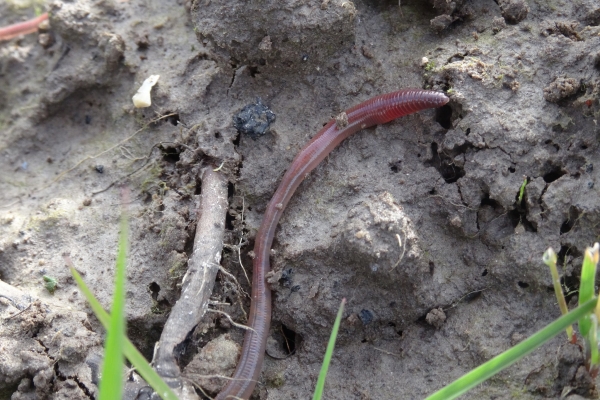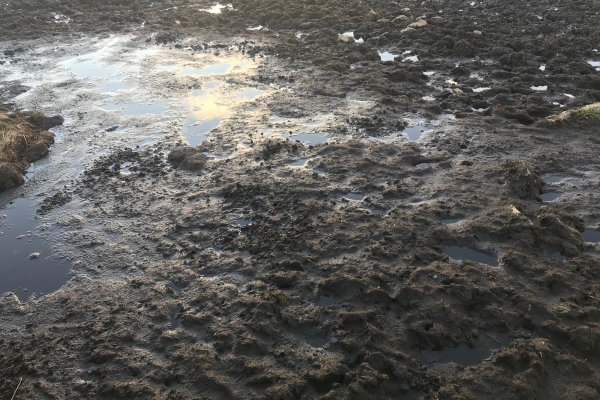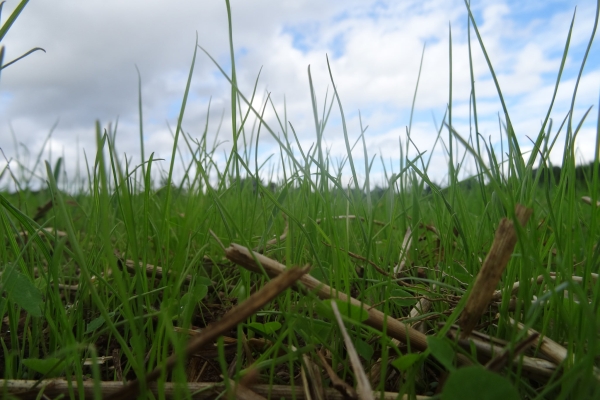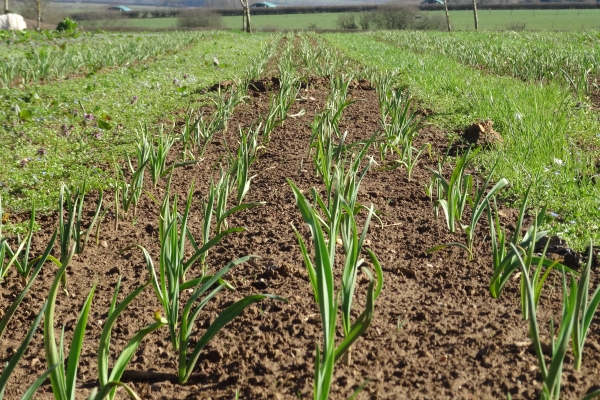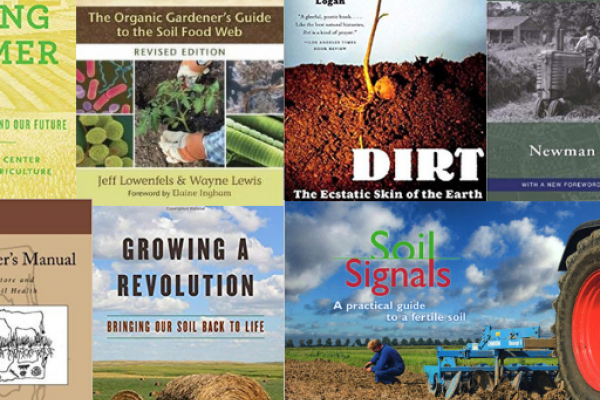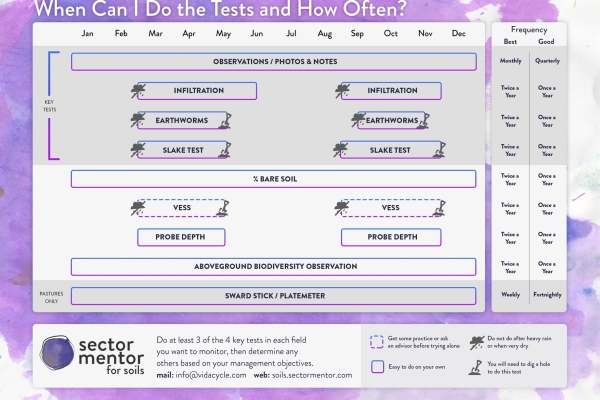Know your Soils #7: The Respiration Test
How much biological activity is there in your soil?
Resource explained
This is the seventh installment in the ‘Know your Soils’ series from the Soilmentor team. All the ‘Know your Soils’ resources share practical tips for monitoring soil health and simple tests you can do on your land. The Respiration Test, linked above, is based on an AHDB GREATsoils video created by the Soil Association and Earthcare Technical. The video shares how to collect soil samples for the respiration test and how to use the equipment to do the test. Soilmentor have added information on why the test is important, what you will learn about your soil and where to source equipment from.
Findings & recommendations
- Microbes in the soil decompose organic matter, making nutrients available for plants.
- When microbes digest organic matter they respire – this can be measured and indicates how active they are in the soil. When soil respires carbon dioxide (CO2)is released by microbes, plant roots and soil fauna.
- Soil respiration indicates the soil’s ability to support living roots and plant growth – low respiration rates show there is a lack of soil organic matter and microbial activity in the soil – which could be due to soil temperature, moisture, aeration or available nitrogen.
- Solvita have created special field CO2 probes to measure soil respiration easily.
Summary provided by:
Annie LandlessEdited by:
Janie CaldbeckRelated articles
The first of a twelve part series called 'Know your Soils, where practical tips for monitoring soil health and simple tests you can do on...
Learn how to identify different types of earthworms and therefore how you may be able to improve your soil management in this quiz brought to...
How much topsoil and nutrients do you lose with rainwater run-off? This resource explains a test you can do to understand how much is running...
Know Your Soils #4: “If you want to capture carbon, you have to think like carbon!” hear from Napa RCD soil scientist & farmer Charles...
Find out how good your soil is at preventing precious nutrients from washing away with the rain and what you can do to reduce nutrient loss.
Read these books to get up to speed on soil health and how to build it for your land.
Spring and autumn are the best times to do soil tests. Try the three most important and easy soil tests you can do yourself on...
Alex Heffron uses a plate meter to monitor the volume of forage available in fields across his farm allowing him to improve grass growth and...
Which soil tests to do, when to do them, which fields and where on the fields to test to get a representative sample.



